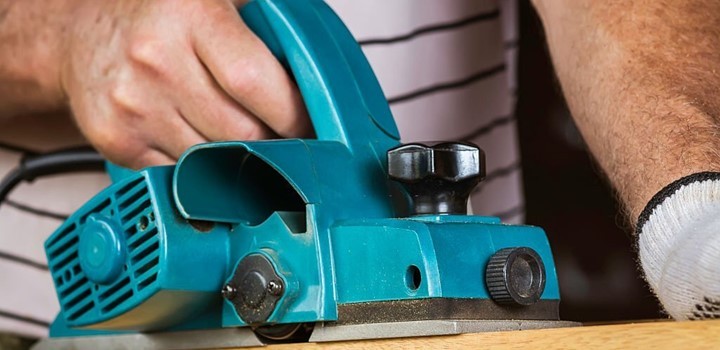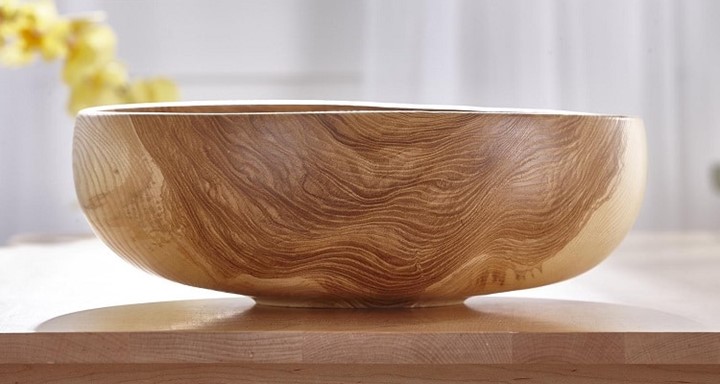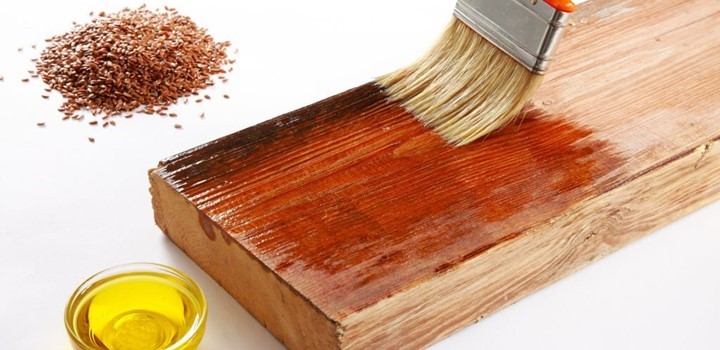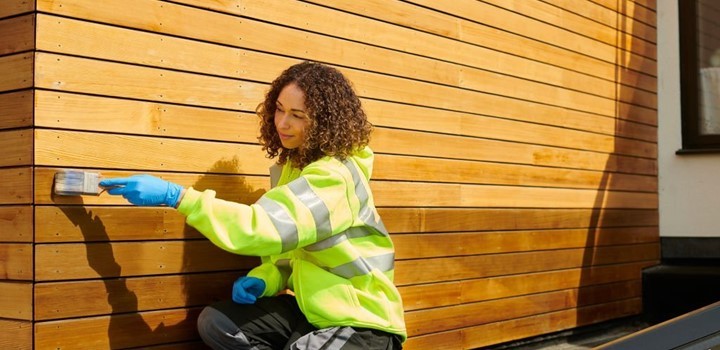How to Remove Varnish from Wood with Vinegar? [8 Steps]
So one of your old wooden furniture needs to be refinished. But before that, you have to remove the varnish from the wood first. Plus, you want to do it in an organic way to restore the shine.
Now you are wondering how to remove varnish from wood with vinegar?
Removing varnish from wood with vinegar is simple. For that, you need to make a mixture using water, cornstarch, ammonia, baking soda, and of course, white vinegar. Most items are possibly already available in your pantry! Using the mixture as varnish remover, you can peel off the varnish easily.
Still, worried? Worry no more! Because in this article, we’ve provided some easy-to-follow steps to complete the process. Just so you don’t face any further problems when doing the job.
Keep reading to find out!
What's On the Page
Can Vinegar Remove Varnish?
Yes, vinegar does remove varnish. It is known to be a perfect solvent. Plus, the acidic content in it makes it a stubborn stain cleaner.
Even the hardest of elements, for example, varnish, can easily be tackled using vinegar. It is that powerful.
As proof, a blogger confirmed its effectiveness. He mentioned using a mix of white vinegar and warm water to remove varnish from hardwood floors. The percentage of the components in the mix he used was 50-50.
He used a very basic floor scraper for the job. Just within half an hour, all the varnish peeled away. So, yes. Vinegar can effectively strip the varnish off the wood.
Why Remove The Varnish with Vinegar?
So, the varnish is usually related to wooden items, for example, wood furniture or flooring. And works as an ultimate coat.
It helps preserve the wood items from any type of damage. Also, it gives that item a polished and glossy look.
However, over time, those items may require to be painted or refinished. However, for that, you need to peel the varnish off the wood first.
Well, of course, you can remove the varnish from a wood item with chemical removers. But, let’s not forget that those chemical removers incorporate harsh toxins. And these toxins will surely damage your wood and take the shine away.
Not only that. Coming in contact with those toxic items can prove to be harmful for your health, as well.
Some of you may experience allergic reactions or various skin conditions by using these. There are a few cases where it said that it induced breathing difficulties among the users as well.
So, it is always best to go for a more natural and mild homemade varnish remover. You can make your own organic varnish remover that is not going to cause you any allergic reactions or any kind of harm. Plus, does the job super effectively!
Removing Varnish from Wood with Vinegar
The Ingredients You Will Need
Before you start making the DIY varnish remover, you need to assemble a few things. Most of which are maybe already there in your home. Here’s a precise list of ingredients you are going to need:
- 1 tablespoon of white vinegar
- 1 cup of cornstarch
- 3/4 cup of baking soda
- 1/2 cup of ammonia
- Water
Steps to Prepare Homemade Varnish Remover
So, you have gathered all the necessary ingredients and are ready to dive in! Now follow these steps given below accordingly to get the desired result.
Step 1
First of all, grab a pot and pour 4 cups of water into it. Place that pot on stove and leave the water to boil. Once the water is boiled, take the pot out from the stove. Let it sit for approximately 5 minutes.
Step 2
For the next step, take one small container. Then add about a half cup of cold water as well as one cup of corn starch. Stir them together thoroughly and mix well. Using a wooden spoon for this is preferred.
Step 3
Next, fetch a bucket and pour 4 cups of hot water which you boiled earlier into it. Now add baking soda (3/4 cup), ammonia (1/2 cup), and a tablespoon of white vinegar. Stir all the ingredients using a wooden spoon.
Step 4
When you are doing it, grab the mixture that you made earlier with cornstarch and cold water. Add it to the current mixture you are making. Then continue stirring thoroughly.
Step 5
Purchase or collect one pair of rubber gloves. It will keep your hands safe from any allergic reactions you might experience after getting in contact with the mix.
Also, make sure to purchase a clean, and trim paintbrush. It will help you spread the varnish thoroughly.
Step 6
Now grab the paintbrush and dip it into the hot mixture you prepared. Apply it thoroughly to wood varnish. In case the mix becomes cool, you have to reheat it in the microwave. Let it sit on the wood varnish for some minutes.
Step 7
For the next step, you have to soak a rag in hot water. Ensure that you wring out any extra water. Then scrub the wood well using the hot rag to wipe out the varnish.
Step 8
Keep repeating the previous 2 steps until you’ve succeeded in removing all the varnish from the wood.
FAQs
How to Get Rid Of 100-Year-Old Varnish?
Choose a well-ventilated place to work, for example, a garage. Now take the same proportion of water and dirt and fill a drop cloth with it. Next, place the whole piece of paint thinner on it. Put the varnish remover on all those pieces. Finally, peel off all the old varnish using a dull-end scraper.
How Do You Strip Varnish with Vinegar?
You can prepare a homemade varnish remover using vinegar to strip the varnish. Take 4-5 cups of hot water into a bucket. Add some baking soda, ammonia, and white vinegar to it. After you’re done adding all the ingredients, stir them well together. Then it’s all ready to be used as a varnish remover.
Is using chemical varnish remover bad for you?
Yes, as chemical varnish removers contain toxic elements, they’re harmful to your health. Many cases show, coming in contact with this type of varnish may induce allergic reactions. Plus, it can irritate your throat or nose. If used frequently, it may lead to various skin conditions as well.
Wrapping Up
Hope we’ve answered your question of how to remove varnish from wood with vinegar? A simple reminder before you get started. Follow each step carefully and accordingly to get your desired outcome.
Also, ensure your safety and stay careful when working near the stove. Always try to work in an environment that is well-ventilated.
That’s all for now. Have a good day!

Robert Larry is a woodworking enthusiast, carpenter, creative wood art designer, and spokesperson. He has a passion for crafting unique and functional pieces from wood, and over the years, He has honed his skills to develop a distinctive style that blends traditional carpentry techniques with a modern, artistic touch.
In addition to his work as a carpenter, He is also a writer, sharing his knowledge and experiences through articles and blog posts on the craft of woodworking. With a keen eye for detail and a deep appreciation for the natural beauty of wood, He creates pieces that are not only functional but also beautiful works of art.





